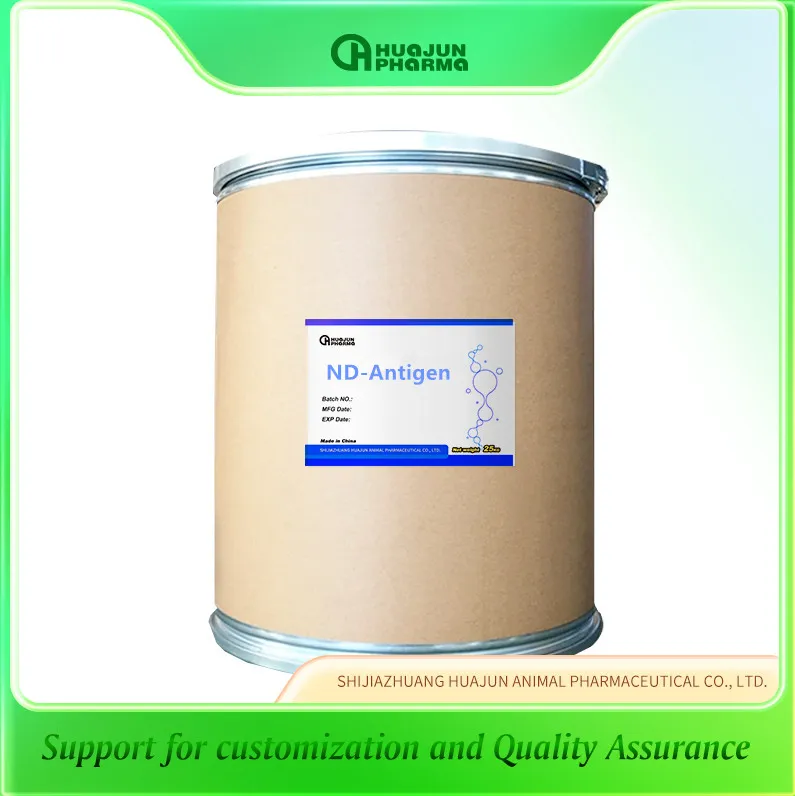
Nov . 23, 2024 14:05 Back to list
avermectin and ivermectin factories
Avermectin and Ivermectin Factories Contributions to Global Health
Avermectin and its derivative, ivermectin, have revolutionized the field of medicine, especially in the treatment of parasitic infections. First isolated in the late 1970s from the soil bacterium *Streptomyces avermitilis*, avermectin is a class of drugs that has demonstrated remarkable efficacy against a variety of parasites. This article explores the significance of avermectin and ivermectin, the manufacturing processes involved, and the factories that produce these essential medications.
The Importance of Avermectin and Ivermectin
Avermectin is the parent compound, while ivermectin is derived from it. Both compounds belong to the class of drugs known as macrocyclic lactones, which work by binding to glutamate-gated chloride channels in the nerve and muscle cells of invertebrates. This action leads to paralysis and death of the parasites, making it an effective treatment against conditions like river blindness (onchocerciasis), lymphatic filariasis, and various intestinal roundworms.
The World Health Organization (WHO) recognizes ivermectin as an essential medicine, notably for its role in mass drug administration programs to control and eliminate tropical diseases. Its affordability and ease of use have made it viable for widespread distribution, especially in low- and middle-income countries. In recent years, ivermectin has also gained attention for its potential use in managing COVID-19, although its efficacy for this purpose remains a topic of debate.
The Manufacturing Process
The production of avermectin and ivermectin is a complex process that involves several key stages. The first step is the fermentation process, where *Streptomyces avermitilis* is cultured under specific conditions. These bacteria produce avermectin as part of their secondary metabolism. Once harvested, the fermentation broth is processed to isolate and purify the avermectin content.
The purification process typically involves filtration, extraction, and chromatography techniques to ensure the final product meets pharmaceutical standards. Following purification, the production of ivermectin from avermectin is achieved through chemical modification. This step is critical as it requires precise control over the reaction conditions to attain the desired efficacy and safety profiles.
avermectin and ivermectin factories

Quality control is paramount in the manufacturing process. Factories engaged in the production of these compounds must adhere to strict Good Manufacturing Practices (GMP) set by regulatory authorities. These standards ensure the safety, quality, and efficacy of the medications produced, safeguarding public health.
Ivermectin Factories Around the Globe
Ivermectin is produced in several factories worldwide, with notable manufacturers including Merck & Co., which holds the patent for ivermectin, and other companies located in countries like India and China, where production capabilities have been significantly expanded. The production facilities are often situated strategically to facilitate the distribution of ivermectin to regions most in need.
Indian pharmaceutical companies have emerged as significant players in the ivermectin market, producing affordable generic versions that cater to both domestic and international markets. These factories leverage advanced biotechnology and manufacturing processes, contributing to increasing access to ivermectin in underserved areas.
Moreover, initiatives such as public-private partnerships have been instrumental in scaling up the production and distribution of ivermectin in endemic regions. These collaborations not only focus on manufacturing but also on ensuring effective delivery mechanisms, such as integrated community-based programs that enhance outreach and treatment adherence.
Conclusion
The factories producing avermectin and ivermectin play a vital role in global health by delivering essential medicines that combat parasitic infections. The ongoing efforts to enhance manufacturing processes, maintain quality control, and ensure accessibility have far-reaching implications for public health, particularly in developing countries plagued by these diseases. As science and technology continue to advance, the future holds promise for even more effective treatments and production methodologies, ultimately benefiting millions of lives worldwide.
-
Pleurisy Factory High-Quality Manufacturer & Supplier Solutions
NewsMay.19,2025
-
Premium Dexamethasone for Equine & Climbing Trusted Suppliers & Factory
NewsMay.19,2025
-
Sulfamono Methoxine Supplier High-Quality Veterinary Antibiotic
NewsMay.18,2025
-
Premium Staphylococcus Products Trusted Manufacturer & Supplier
NewsMay.18,2025
-
Premium Lincomycin HCl API Manufacturers Trusted Supplier & Factory
NewsMay.17,2025
-
Mad Cow Disease Test Kits Reliable BSE Detection Solutions
NewsMay.17,2025




